Space Technology Hall of Fame
 The Space Technology Hall of Fame® increases public awareness of the benefits of space exploration and encourages further innovation by recognizing individuals, organizations and companies that effectively adapt and market technologies originally developed for space to improve the quality of life for all humanity.
The Space Technology Hall of Fame® increases public awareness of the benefits of space exploration and encourages further innovation by recognizing individuals, organizations and companies that effectively adapt and market technologies originally developed for space to improve the quality of life for all humanity.
Created in 1988, the Space Technology Hall of Fame® recognizes the life-changing technologies emerging from global space programs; honors the scientists, engineers and innovators responsible; and communicates to the public the importance of these technologies as a return on investment in space exploration.
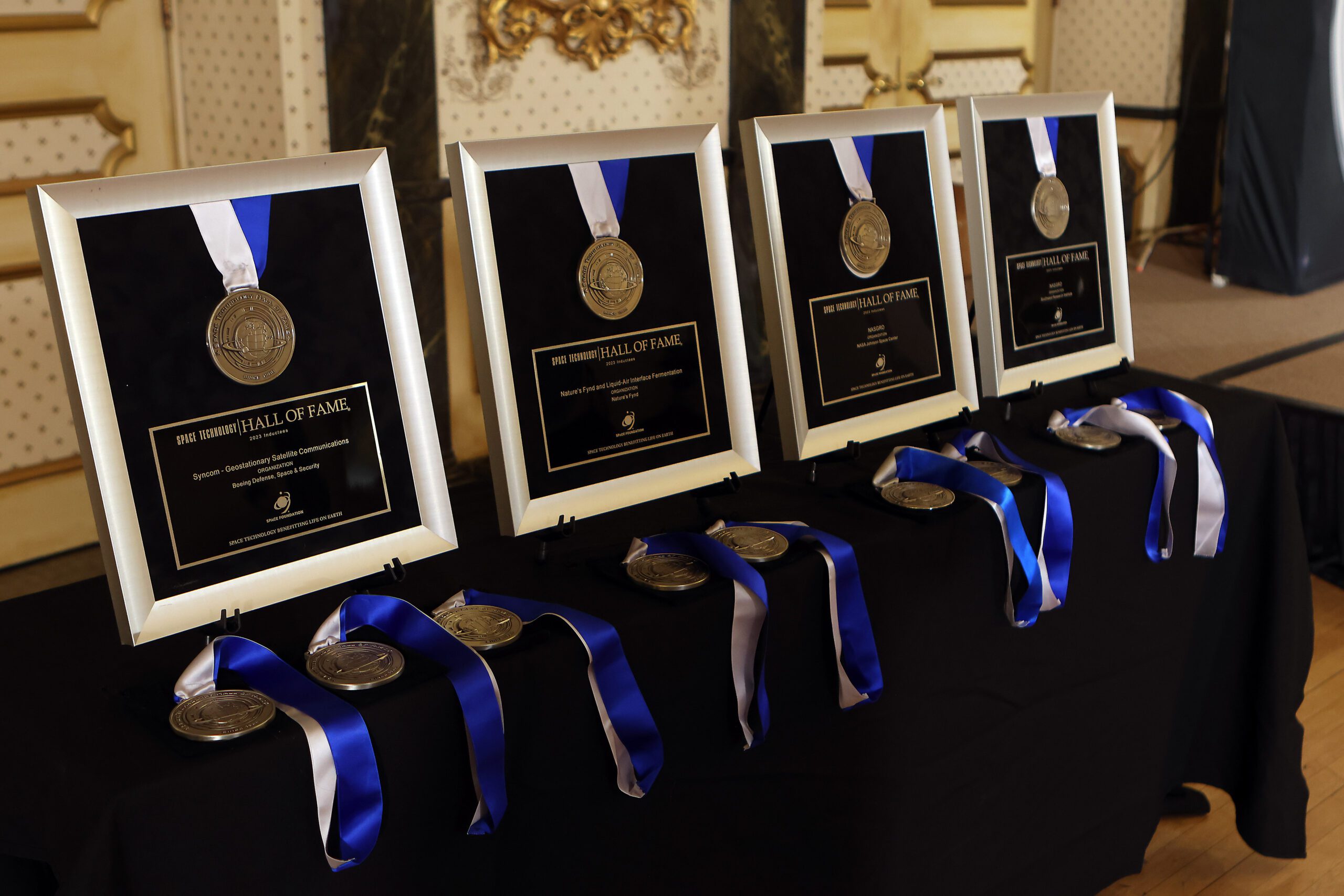
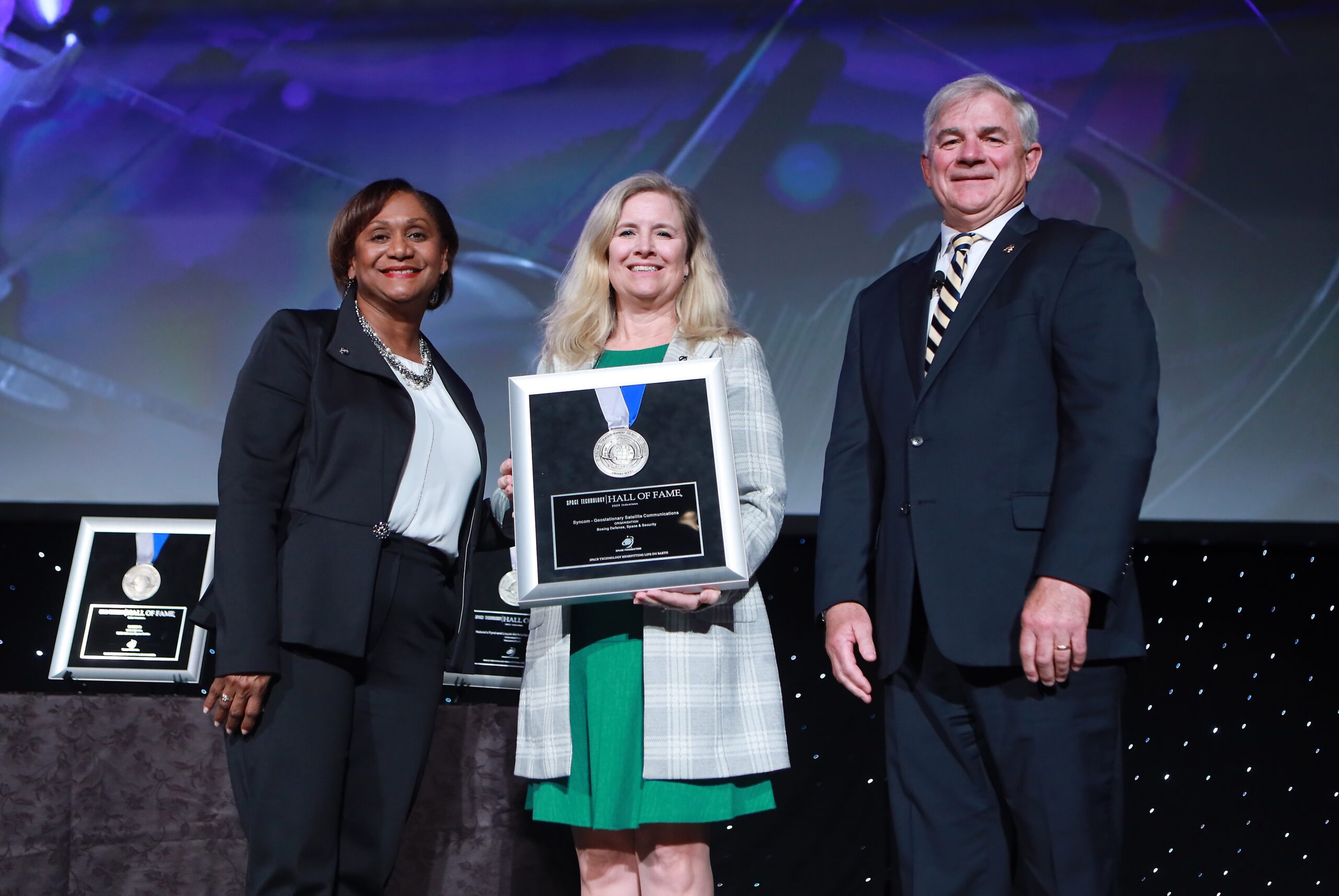
We work with U.S. and international space agency technology transfer offices to identify the most significant space innovations, and with panels of space and technology experts to select the most meaningful examples for induction. The ever-growing list of honorees showcases the significant contributions space makes to life on Earth.
To date, we have inducted dozens of technologies and honored hundreds of organizations and individuals who transformed space technology into commercial products that improve the quality of life for all humanity.
Do you know of a space-related technology that should be honored with our inductees?
“Ever since Tempur-Pedic was inducted in the Space Technology Hall of Fame in 1998 for adapting TEMPUR® Material from NASA technology, we’ve been focused on our mission of improving the sleep of people all around the world. Our long-standing relationship with the Space Foundation is part of Tempur-Pedic’s commitment to showing the world that we are relentless in the pursuit of innovation that fulfills our mission.”
- Allen Platek, VP of New Product Development, Tempur Sealy
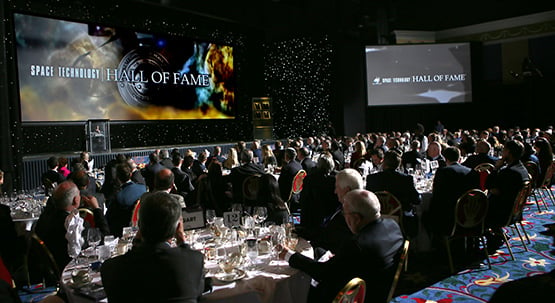
Space Technology Hall of Fame® Luncheon
The Space Technology Hall of Fame® at Space Symposium provides a public forum for honoring inducted technologies, organizations and individuals. It includes formal recognition of the honorees, video coverage of the inducted technologies, a presentation by the corporate sponsor and a celebrity guest speaker.
Past speakers have included: Actor Sigourney Weaver, Author and futurist Mark Stevenson, author and satirist P.J. O'Rourke, actor Leonard Nimoy and astrophysicist Dr. Neil deGrasse Tyson. Attendees include Space Symposium participants and honored guests from around the world.
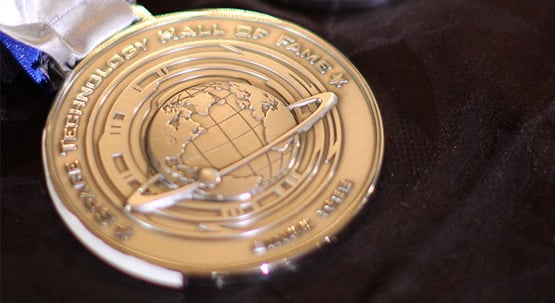
Space Technology Hall of Fame® Private Induction Ceremony
The Space Technology Hall of Fame® Private Induction Ceremony, which is held the final afternoon of the Space Symposium, serves as the official induction event for honored technologies, organizations and individuals.
Invited guests include current and past inductees, sponsors, the Space Technology Hall of Fame® Dinner guest speaker, Space Foundation executives and board members, astronauts and space leaders.
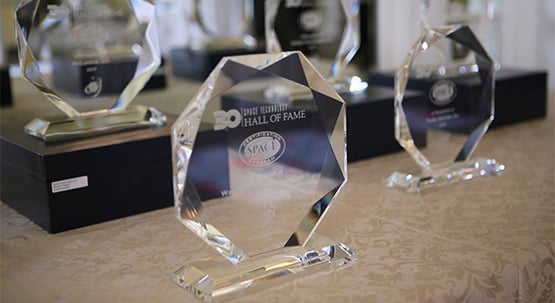
Space Technology Hall of Fame® Cocktail Reception
Everyone is welcome to attend the Space Technology Hall of Fame® Cocktail Reception that immediately follows the private induction ceremony.
